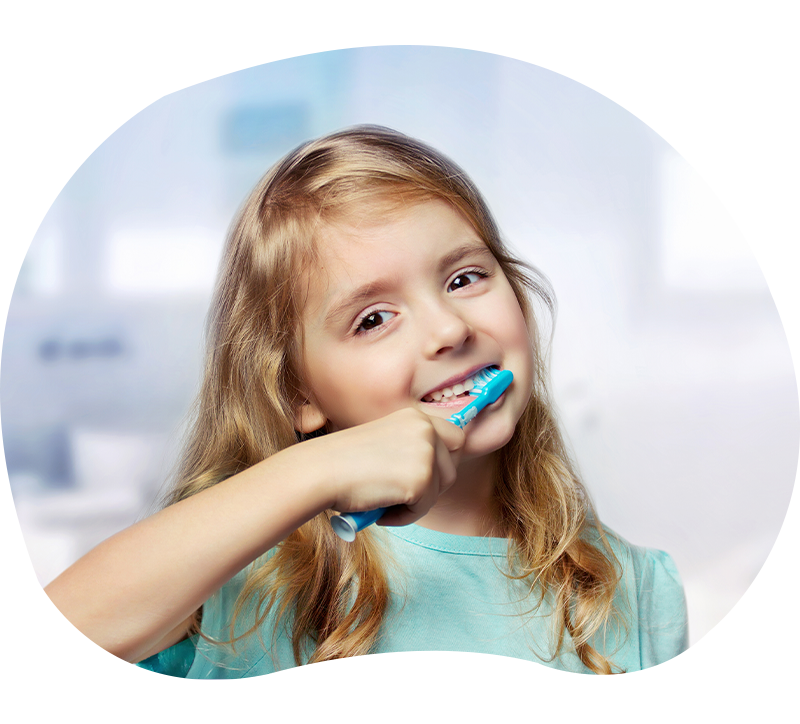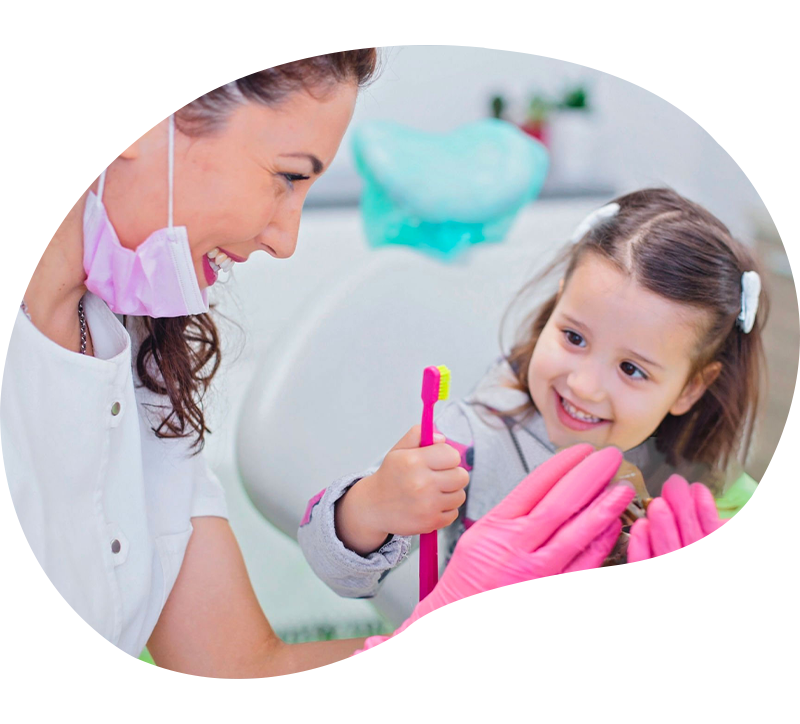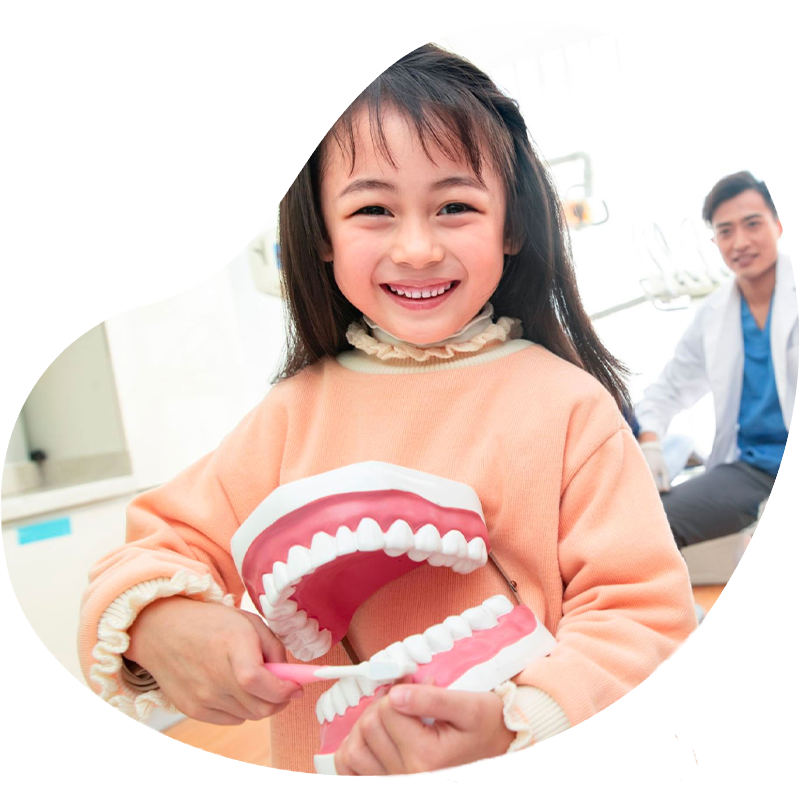Pediatric dentistry

Pediatric dentistry

Pedodontics or pediatric dentistry is the part of dental surgery that deals with the dental care of children. Pediatric dentistry requires qualities in the field of psychology, but also know-how, to deal with the sensitivity of the child and to face any situation.
Even more than with an adult, communication must be of the order of an adapted relationship, which will be the key to a good first intervention so as not to stress the child or shock him.
A relationship of trust must be established to ensure that the operation takes place under the best possible conditions.

Because of the child’s own sensitivity to the idea of an appointment, the first few visits to the dentist are crucial for the child, as they can remain engraved throughout his or her adult life and inflict a bad memory on the cxhild, preventing him or her from returning for treatment. This is why it is necessary to take the maximum precautions and especially in the fact of communicating with the child.
The pediatric dentist is particularly concerned with the prevention, early detection and treatment of dental caries in children.
Consequently, a prophylactic follow-up program is proposed to you to avoid the appearance and development of oral bacterial diseases.
Prophylactic care replaces traditional scaling, the results of which are largely insufficient to prevent decay and protect against cavities.
Prevention
During their growth, children see several changes in their mouths (18 to 36 months, 6 to 8 years, 10 to 12 years). These times are conducive to the more frequent appearance of infections by the bacteria responsible for caries. The frequency of consultation must therefore be more regular in order to implement preventive measures:
- EProphylactic cleaning: allows to sanitize teeth, especially where the toothbrush does not have access
- EApplication of chlorhexidine: disinfection of dental surfaces to remove bacteria responsible for caries
- EApplication of fluoride: to strengthen teeth and reduce the appearance of cavities
- ESulcus sealants: protection of 1st and 2nd permanent molars

Baby teeth
Baby teeth are even more affected by cavities. These, if not properly treated, can affect the dentin and pulp and compromise the proper development of the permanent tooth and lead to sequels in the long term.
Placement of dental prostheses
Prostheses can be put in place to ensure the proper development of the child’s teeth.
Pedodontic cap
To allow the tooth to evolve harmoniously
Space maintainer
Movement of adjacent teeth can block and close the space created, blocking the eruption of the permanent tooth
Removable prosthesis
Restore aesthetics and prevent clutter
